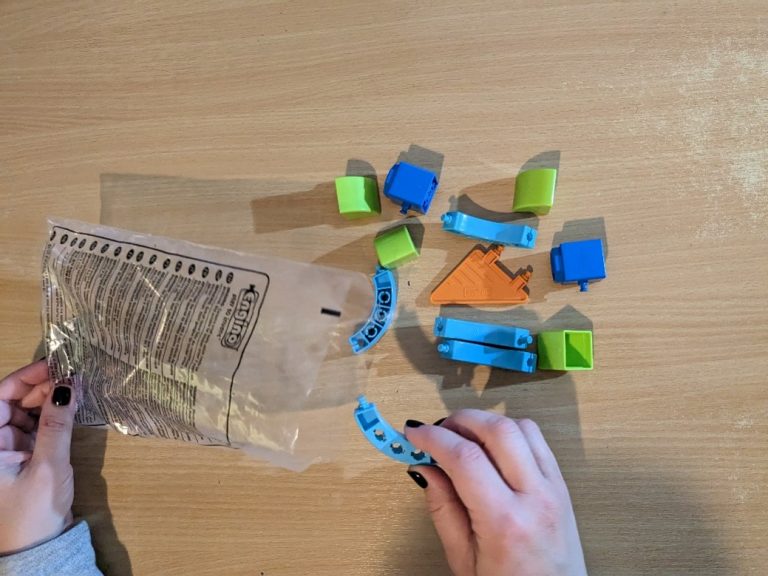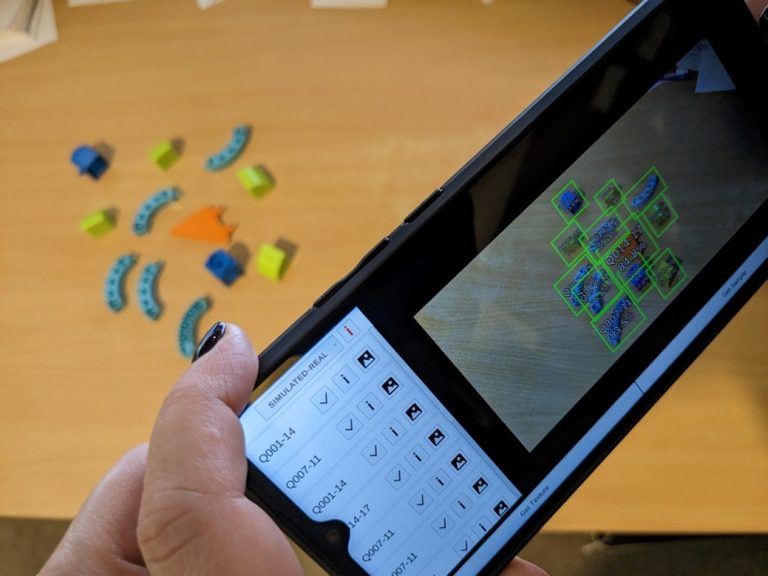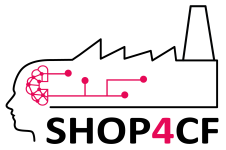The Smart Parts Detector (SPD) project aims at developing a SHOP4CF component to facilitate optical parts recognition; an essential capability for any Manufacturing SME transitioning their operations into the 4th Industrial Revolution. Crucially, the SPD component leverages Deep Learning (DL) technology for optical identification and detection of small parts, shifting away from classical image processing and computer vision methods.
Using Deep Learning in manufacturing operations can bring about significant cost savings and improvements in efficiency. However, the true benefit of using Artificial Intelligence to take on certain mundane and repetitive tasks, such as that shown in Figure 1., is that human workers can take a supervisory role of the technology and divert their efforts to other tasks in which human intelligence is indispensable.
For example, in our pilot we are investigating whether Quality Assurance tasks that involve visually inspecting, counting and sorting small parts can be assisted by the optical parts recognition offered by the SPD component.
Our technology is based on a transfer learning approach. We fine-tune and repurpose the YOLO object detection model which we retrain with a hybrid dataset containing both real photographs as well as synthetic 3D rendered images of small parts.
Access to the model is provided via an API of specially built microservice deploying the model over the web. Third party applications can trivially submit an image of the manufactured parts to obtain predictions. In our use case, we are developing a smartphone application that takes advantage of the built-in camera to snap images and send them directly to the parts- detection microservice, as shown in Figure 2. The mobile application can be used to assist in Quality Assurance tasks but can also be extended to accommodate other needs in the factory and beyond.
We are envisioning of providing the entire methodology and a set of end-to-end tools to enable other SME manufacturers to benefit from the technology and make a leap into the future.






